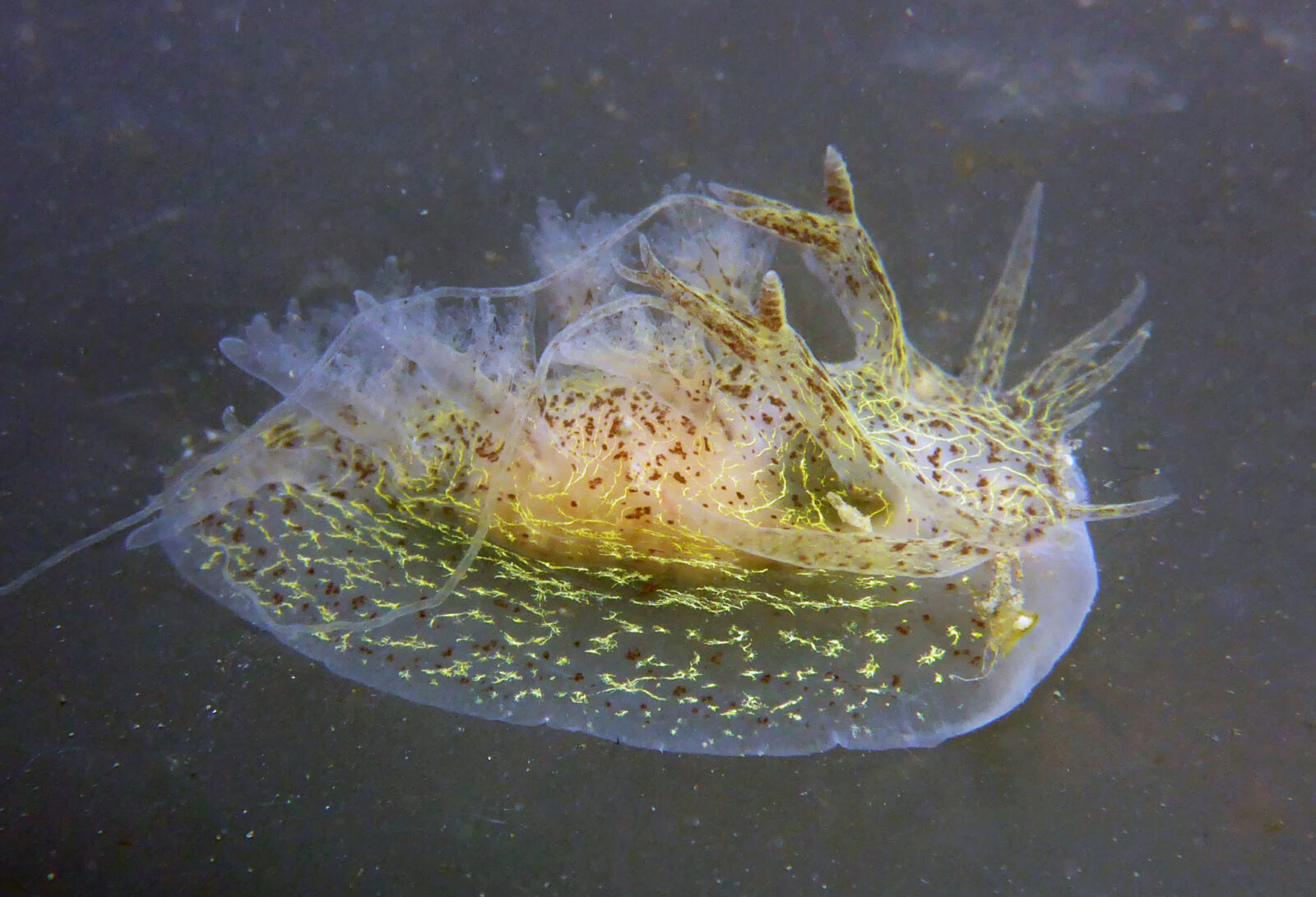
What’s your plan for this year’s City Nature Challenge, April 28-May 1? At a recent planning meeting, here’s what organizers from around the Bay were excited about: Wildflowers. Tidepools. Finding native species hiding out among the invasives. Seeing what the rains had brought into a local lake. Touching a bumblebee!
City Nature Challenge began in 2016 as a friendly competitive bioblitz between San Francisco and Los Angeles. That year some 1,000 people recorded about 19,800 observations on the community-science platform iNaturalist. By last year it had grown to more than 67,000 people, who recorded 1.7 million observations of more than 50,000 species, including at least 2,244 rare or endangered ones.
Beyond the data, CNC is the rare event that unites people around the globe—and one that gets them outside rather than collectively facing their televisions. Anyone can join, and you can do it solo or as part of an organized bioblitz. “There is something so lovely about everybody in the world doing it all together at the same time,” says Alison Young, codirector of the California Academy of Sciences’ Center for Biodiversity and Community Science. The Cal Academy co-runs CNC along with the Natural History Museum of Los Angeles County.
What’s it all for, beyond the thrill of beating Los Angeles? First, it’s a gateway to a wholesome addiction to learning about nature. City Nature Challenge has come to provide the biggest annual bump in iNat observations each year. A lot of people who get on iNaturalist for CNC then keep using it, once they learn how useful and delightful it is.
But even a four-year-old’s backyard bug picture can end up helping conservation. At least 750 scientific papers have been published using iNat data, “and I guarantee City Nature Challenge is part of that,” Young said. The data helps scientists answer big questions about species distribution around the world and how that’s changing. It also, Young says, helps land managers on a very local level, because every year people document a new non-native species in a spot where it hadn’t been seen before, or discover a new population of a rare species. With that knowledge in hand, land managers “can protect and manage for that,” Young says.
But the mega-bioblitz is really just part one of the City Nature Challenge. For after the deluge of photos must come the community identifications that render observations ”research-grade” (meaning at least two people agree on a species-level definition). That’s a long tail of effort. Young says she’s still seeing IDs come in from observations at the first CNC in 2016. (If you’re a naturalist or expert in a taxonomic area who might want to help at an ID party, email citizenscience@calacademy.org for details on how to participate.)
For the new-to-iNaturalist, Young says, please know that it’s perfectly fine to mark your observations with the algorithm-suggested ID. That first identification is just a start. Even narrowing it to “Plants” or “Fungi” helps experts in those fields find your observations. You may sometimes even get a faster identification, Young says, when you suggest a wrong identification. That’s bait for those who (like editors, with our red pens) get a thrill out of making corrections.
Here’s how to participate:
- Download the iNaturalist app and make an account.
- From April 28-May 1, take pictures of WILD animals, plants, fungi or other organisms, and upload them to iNaturalist. They will automatically be added to the San Francisco Bay Area City Nature Challenge project—you don’t have to do anything special to be included.
- Follow along as your finds get identified!
Learn more about participating in the Bay Area at the Cal Academy’s City Nature Challenge page.




